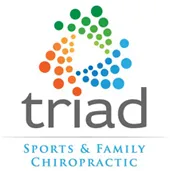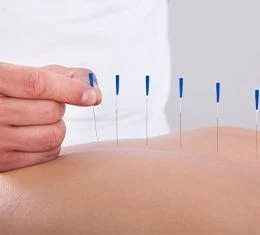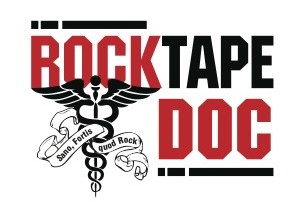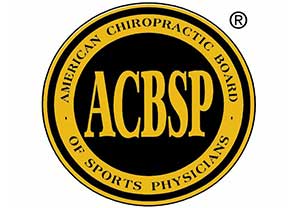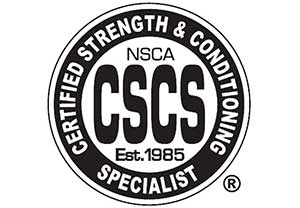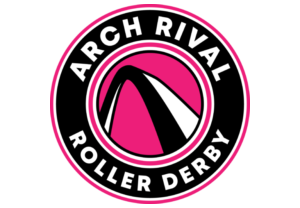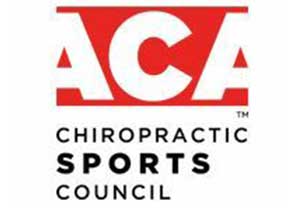You are likely aware that acupuncture involves thin needles inserted into your skin. But did you know that this method is a part of traditional Chinese medicine? Maybe you have also heard about "dry needling" and wondering what that means. Dr. McCleary encourages her patients to consider acupuncture not only as a treatment but as an ongoing part of holistic healthcare; through regular acupuncture sessions, your total body wellness can be addressed and supported. She can also determine if and when dry needling techniques would be most effective. Learn more about acupuncture with this helpful list of commonly asked questions.
What can You Expect during an Acupuncture Treatment with Our Chiropractor in Clayton?
The first thing that will take place during an acupuncture treatment at a Clayton chiropractor is a holistic health and wellness evaluation. Before Dr. Jennifer McCleary picks up her acupuncture needles she will ask you several questions regarding your wellness needs. Acupuncture can be used for pain relief but also a number of other ways to improve wellness such as: improving sleep, mental focus, boosting energy, managing stress, quitting smoking, boosting fertility, relaxing, or addressing a number of other purposes. She may also ask you about your lifestyle and symptoms related to your health condition. Following the evaluation Dr. McCleary will insert acupuncture needles into particular points on your body. These points may not be near to the area where you are experiencing pain. She will keep the needles in place for about 20 to 30 minutes, during which you will be asked to relax; relaxation is aided by soft music and essential oils.
Is Our Chiropractor in St. Louis a Trained Expert in Acupuncture?
Here at Triad Sports and Family Chiropractic Dr. McCleary is trained in Traditional Chinese Medicine acupuncture and has been using it for 18 years. She is also trained dry needling, cupping (myofascial decompression) and the use of Gua Sha tools (instrument assisted soft tissue mobilization, also known as IASTM).
Is Acupuncture Painful or Scary?
Acupuncture needles are very thin. When they are inserted into your skin you will not feel pain. It may be a bit uncomfortable, especially during your first time. You may feel some aching when Dr. McCleary gets to the desired depth with the needles. However, this is not painful. For most patients we see here at your favorite St. Louis chiropractor, acupuncture is not scary. The first session may cause you some nervousness because you are unfamiliar with the process. However, by reading through the questions and answers here, you are already prepping yourself for your first acupuncture experience. If you have additional questions please contact Triad Sports and Family Chiropractic as we are happy to answer them.
What Conditions Can Be Treated Using Acupuncture?
A common reason for using acupuncture is to treat pain but that's nowhere near the extent to which it may be used. With respect to pain relief accupuncture can pain resulting from a number of conditions and diseases. For example, if you are suffering from dental pain, fibromyalgia, menstrual cramps, or low back pain, these conditions are treated using acupuncture. Other conditions treatable using this method include headaches, osteoarthritis, labor pain, and neck pain. However, our Clayton Chiropractor, Dr. McCleary, takes a much more holistic approach to healthcare. She can use acupuncture for wellness treatments, such as sleep improvement, mental focus, energy, stress reduction, smoking cessation, fertility, and relaxation, as well. Call us and ask if acupuncture can be used to help your health.
What is Dry Needling and How is it Different From Acupuncture
Dry needling and acupuncture are two distinct therapeutic techniques, although they share some similarities in that they both involve the insertion of thin needles into the body. Dry needling is a technique that involves the insertion of thin needles into trigger points (taut bands of muscle fibers) to stimulate a healing response.
- Purpose: The primary goal of dry needling is to relieve pain and improve muscle function. It targets trigger points, which are knots or tight spots in muscles that can cause pain and dysfunction.
- Approach: Dry needling is often used in conjunction with other physical therapy interventions. It aims to release muscle tension and improve range of motion by targeting specific areas of muscular dysfunction.
- Scientific Basis: Dry needling is based on Western medicine principles and is often supported by scientific evidence related to its effects on the musculoskeletal system.
- Training: Practitioners of dry needling are typically licensed healthcare professionals, such as physical therapists, chiropractors, or osteopaths, who have received specialized training in the technique.
The efficacy of dry needling can vary among individuals, and its use is often part of a comprehensive treatment plan that may include other therapeutic modalities and exercises. If considering dry needling, it's recommended to consult with a qualified healthcare professional, such as a physical therapist or chiropractor, who has expertise in this technique.
What are Trigger Points and Why Use Needles?
Dry needling targets trigger points, which are tight bands or knots in muscles that can be a source of pain and dysfunction. The primary goal of needling these trigger points which can lead to various physiological effects and ultimately alleviate symptoms. Here are seven things that we understand are happening when we needle trigger points:
- Muscle Relaxation: Inserting a thin needle into a trigger point can induce a reflexive relaxation response in the muscle. This may help release tension and reduce muscle tightness, promoting improved flexibility and range of motion.
- Pain Reduction: Trigger points are often associated with pain, both locally and referred to other areas of the body. By needling these points, the nervous system may be modulated to decrease the perception of pain, providing relief for individuals experiencing discomfort.
- Improved Blood Flow: The insertion of needles into trigger points can enhance blood circulation in the targeted area. Improved blood flow facilitates the delivery of oxygen and nutrients to the tissues, promoting healing and reducing inflammation.
- Release of Neurotransmitters: Dry needling may stimulate the release of neurotransmitters, such as endorphins, which are the body's natural painkillers. This can contribute to the overall analgesic effect and improve the individual's pain threshold.
- Breakdown of Scar Tissue: Trigger points are sometimes associated with the formation of scar tissue within muscles. Dry needling may help break down this scar tissue, promoting a more flexible and functional muscle.
- Inactivation of Trigger Points: The physical insertion of the needle into the trigger point can sometimes lead to a therapeutic inactivation of the point. This means that the spontaneous electrical activity in the trigger point decreases, contributing to muscle relaxation.
- Neuromuscular Control: Dry needling can influence the neuromuscular system, helping to restore proper muscle activation patterns. This can be particularly beneficial for individuals with musculoskeletal conditions.
Contact Us Today to Learn More about Acupuncture and Dry Needling with Our Clayton Chiropractor
Thank you for considering our acupuncture services here at Triad Sports and Family Chiropractic in Clayton, MO. We offer this alternative treatment method as a way to reduce pain in our patients. If you would like to learn more about acupuncture please give us a call at (314) 833-4600. Ready to give acupuncture or dry needling a try? Contact your St. Louis chiropractor at Triad Chiropractic to schedule your acupuncture or dry needling in St. Louis today. We look forward to helping you!
